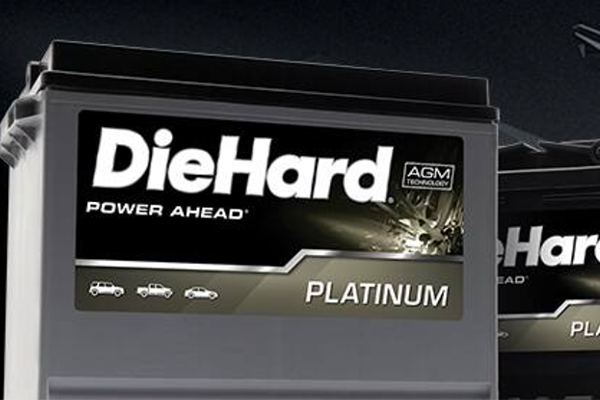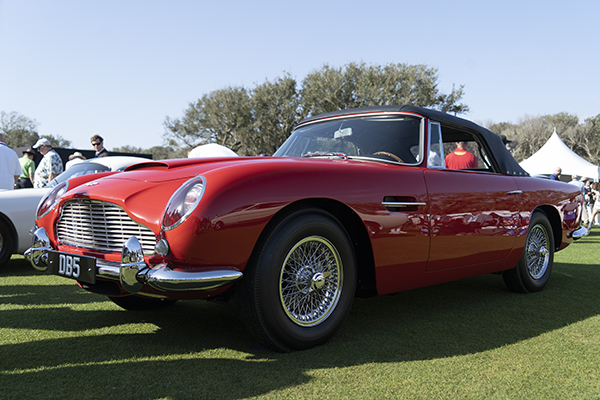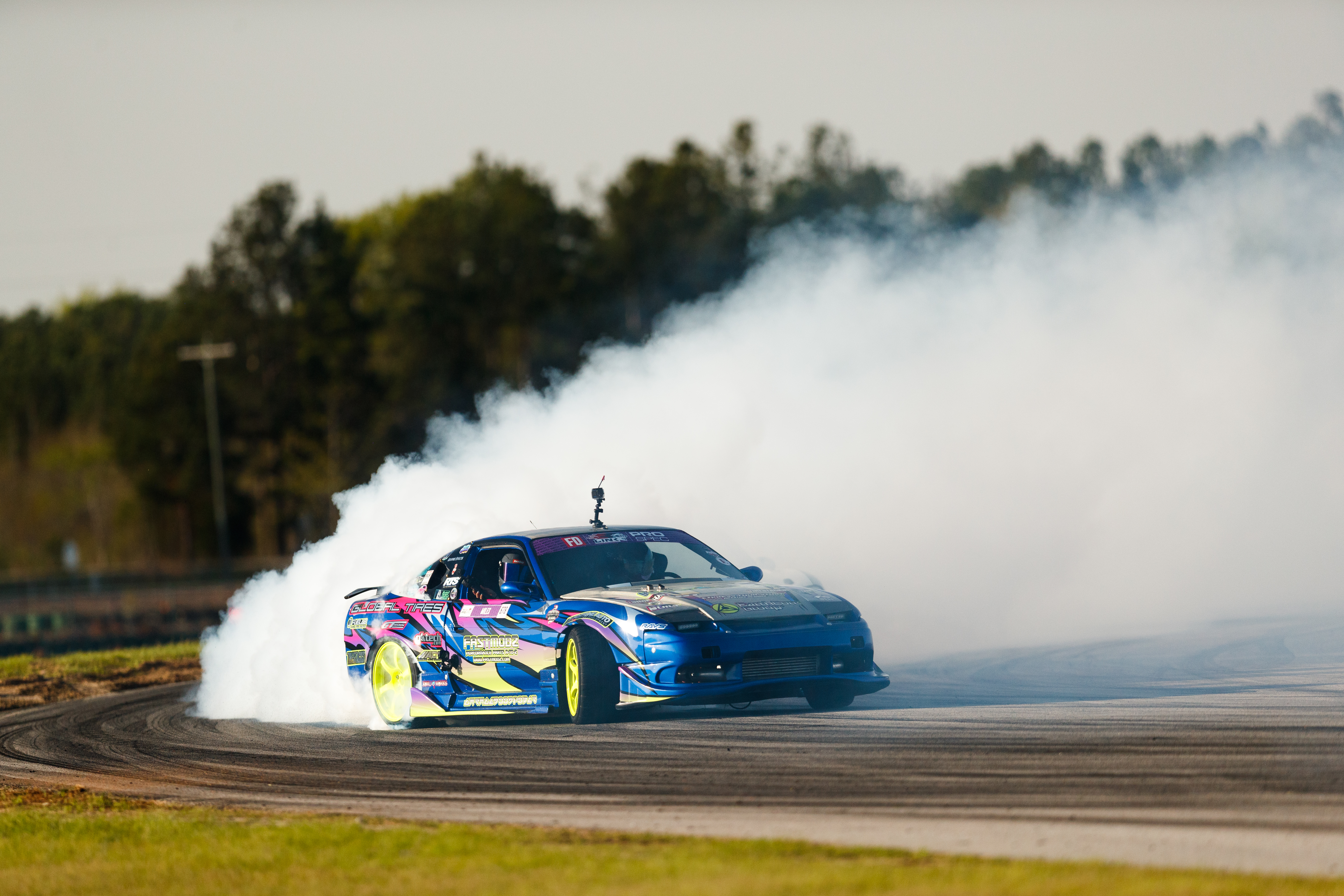Your family is growing — not in numbers, but in size. The kids are getting taller, and their complaints from the back seat about not having enough legroom are getting louder and more frequent. Or maybe you're a retiree whose active lifestyle and its accompanying gear are no match for your two-door car's limited cargo space.
Whatever the reason, if you and anyone who regularly rides or drives with you agree it's time to replace your vehicle with an SUV, you need to think about which SUV is right for you. What's the best way to evaluate them and narrow down what at first glance seems like an overwhelming list of subcompact, small, midsize and large SUV choices with numerous models from just about every major vehicle manufacturer?
The answer is to start at the beginning with the most basic question: why are you buying an SUV in the first place? While the reasons and where they rank in importance will differ among drivers, there are some common denominators unique to these vehicles that attract drivers to an SUV in the first place and set them apart from their sedan, station wagon and pickup brethren.

Seating
It's a big factor. Consider the optimal number of seats based on your usual passenger load. If the answer is nine seats, then your SUV list just got a lot shorter, with large SUVs such as Chevy's Suburban or GMC's Yukon at the top of the list. If you routinely seat just four to six people, then even a small or mid-sized SUV could fit the bill. When it comes to seating, don't just consider the number of seats, but also how they're configured. Some SUVs require gymnast-like abilities to access third-row seating, only to discover once you're back there that the seats and available room are better suited to children instead of adults.
Budget
Another important consideration is how much you're able or willing to spend on an SUV. Generally speaking, SUV size and price rise in tandem. Consider Ford's Escape — a midsize SUV with room for five that starts just north of $24,000 when new. Then compare it to Ford's largest SUV (the Expedition) with seating for eight and a starting price of $52,000. Larger SUVs command loftier prices, as do new SUV's compared to pre-owned.
Towing Capacity
If you're so confident you'll never hook a trailer to your SUV that you're not even including a hitch as an option, then skip this part of the equation. However, if there's a 1,500-lb. pop-up camper in your driveway or 8,000 lbs. of horse and trailer in your rearview, towing capacity should be considered and will help narrow your SUV choices. Large SUVs — think Armada, Suburban, Escalade, etc. — can comfortably tow as much as a full-size pickup. Even small and midsize SUVs have towing capabilities. It all boils down to how frequently you tow and how much weight will be behind you.

Room — Leg, Head, and Cargo
Right up there with seating capacity, budget and towing capacity, interior room is probably one of the biggest factors distinguishing SUVs from other vehicles and a chief reason drivers choose an SUV. These figures can vary hugely, both within the classes of subcompact, small, midsize, and large SUVs, and among the different manufacturers. The amount of cubic feet available for hauling cargo and the leg and headroom for passengers needs to be considered. Think about your passengers' body sizes, but also look at how readily seating can be converted to cargo space. Do seats lie flat or are they removable when they're not needed for people?
Technology
In-vehicle technology is tied to a number of passenger needs, including information, entertainment, connectivity and safety. Consider which technology functions are most important to you and then evaluate what's available among your SUV choices accordingly. 4G wireless connectivity and hotspots? OnStar? Apple CarPlay compatibility? Driver alerts such as lane-departure warning?
Reliability and Maintenance
Vehicle quality, reliability and maintenance costs vary from manufacturer to manufacturer and even among the same SUV models over different years. Consult your mechanic, one of the numerous online resources or consumer-focused organizations that evaluate and rank vehicles' mechanical problems and reliability. Also consider your annual vehicle maintenance budget and whether you're a do-it-yourselfer who intends to perform some of their own maintenance.
Safety
The Insurance Institute for Highway Safety (IIHS) and the National Highway Traffic Safety Association (NHTSA), along with various other consumer-safety organizations and even popular media focused on vehicle reviews, routinely test and rank vehicles for their safety. Crash-worthiness, crash-avoidance, recall history, passive safety features and other factors all help determine how safe a vehicle is or isn't. Knowing how those rankings and available safety technology match up to your safety expectations help determine which SUV is the better choice.

Climate and terrain
If some of the reasons you're going the SUV route have to do with roads that are snow-covered or unpaved, then ground clearance and the availability of four-wheel drive or full-time all-wheel-drive are important considerations.
The tiebreaker
And if even after considering all these SUV characteristics and their importance you still find yourself undecided and hopelessly torn between competing SUV models, there's one remaining feature to consider — cup holders. The one with the most cup holders always wins.
Are you in the market for an SUV or have you bought one? How did you choose? Let us know in the comments.








